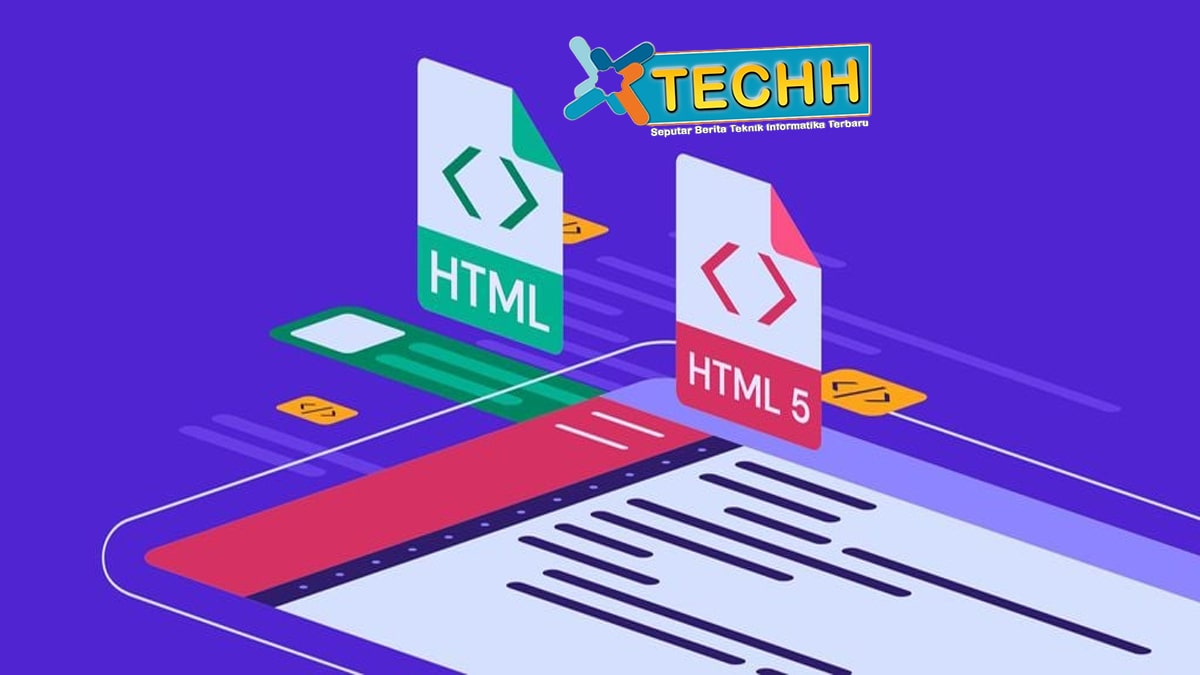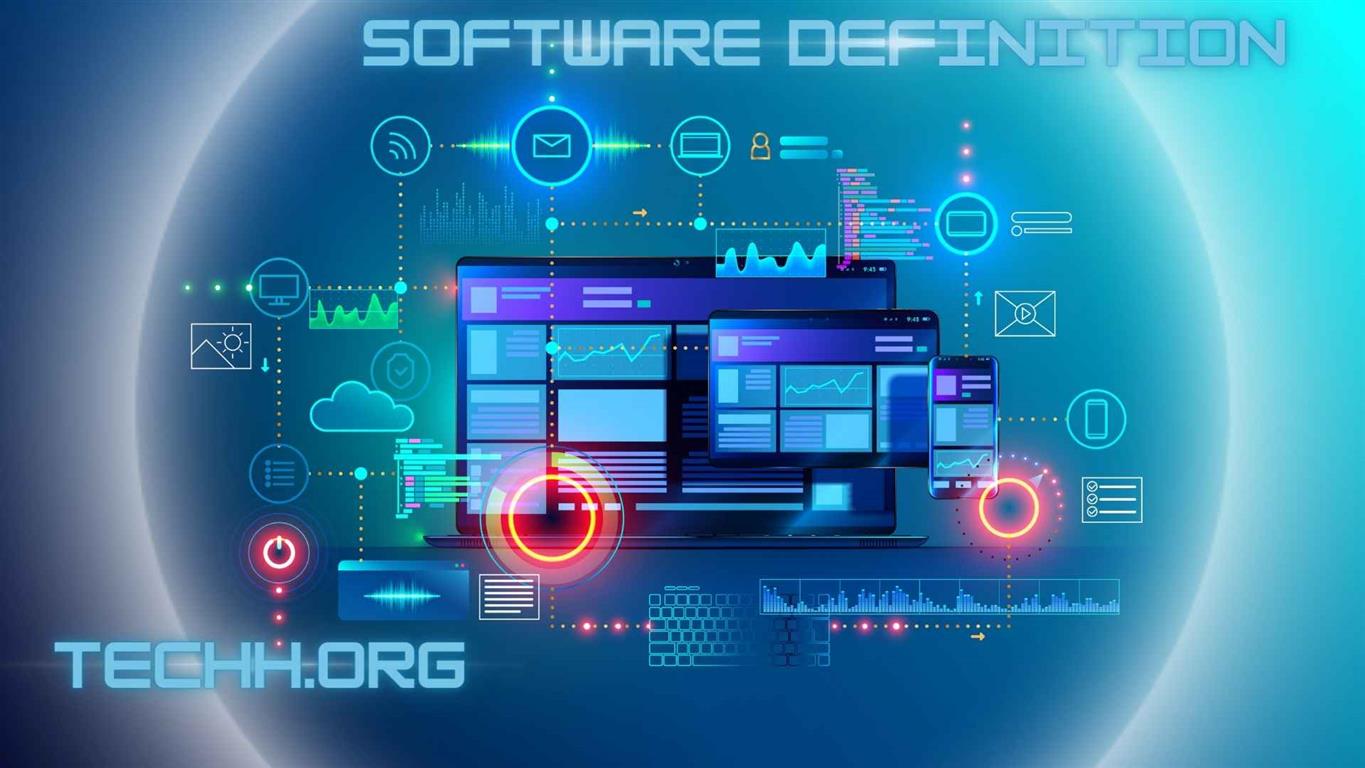Software Security: Essential Best Practices to Follow In an age where the digital frontier expands continually, the importance of robust software security cannot be understated. The rise of cyber threats, data breaches, and hacking incidents highlights the need for software developers and organizations to prioritize security from the outset. In this light, let’s delve into some of the essential best practices to ensure software security.
1. Embrace a Security-First Approach
Before writing a single line of code, software developers need to embed security into the design philosophy. A security first approach ensures that security measures aren’t just add-ons but are integral to the software’s infrastructure. This proactive stance minimizes vulnerabilities and sets a firm foundation for the application’s safety.
2. Regularly Update and Patch
Software is never truly ‘finished’. As technologies evolve, so do the threats. This dynamic nature necessitates regular updates and patches to address newfound vulnerabilities. Companies must have a routine for timely patching and encourage users to update their software frequently.
3. Input Validation
One common vulnerability attackers exploit is poorly validated input. By inserting malicious code or manipulating data input fields, attackers can gain unauthorized access or disrupt operations. Ensure that your software is equipped to validate, sanitize, and reject any suspicious or unexpected input.
4. Secure Code Reviews
A pair of fresh eyes can detect what the original developer might miss. Regularly conducting secure code reviews is a valuable practice. This involves scrutinizing the software’s code for potential security threats or weaknesses. Tools can automate some of this process, but human oversight remains invaluable.
5. Least Privilege Principle
In software development, always apply the principle of least privilege. This means giving a user or process only the permissions necessary to perform a task and nothing more. If a function or user doesn’t need access to particular data or command, they shouldn’t have it. This minimizes potential points of exploitation.
6. Implement Multi-Factor Authentication (MFA)
While it’s primarily an end-user feature, incorporating MFA into software is crucial. MFA requires users to provide multiple forms of identification before accessing the software, thus adding an extra layer of security against unauthorized access.
7. Encrypt Sensitive Data
Whether it’s user passwords, financial data, or personal details, sensitive information must be encrypted. Encryption converts this data into a code that prevents unauthorized access. Even if a breach occurs, encrypted data remains a jumbled mess to intruders without the decryption key.
8. Maintain Backups
Software security isn’t just about preventing breaches but also ensuring data integrity. Regular backups safeguard data against loss, whether from malicious attacks like ransomware or simple software bugs.
9. Employee Training and Awareness
Security isn’t solely a technological challenge. Human error can often be a weak link. Ensure that everyone involved in the software development lifecycle is aware of the best security practices and understands their role in maintaining security.
10. Continuously Monitor and Test
Lastly, always keep an eye out for anomalies. Continuous monitoring of software operations can detect and address threats in real-time. Regularly testing the software using methods like penetration testing or vulnerability assessments ensures it can withstand potential attacks.
In Conclusion
Software security is a multi-faceted challenge, demanding a blend of technological safeguards, continuous vigilance, and a culture of security awareness. As cyber threats become more sophisticated, the strategies to counteract them must also evolve. Following the best practices highlighted above, software developers and organizations can fortify their software against most threats and ensure a safer digital landscape for all users.






One thought on “Software Security: Essential Best Practices to Follow”
Comments are closed.